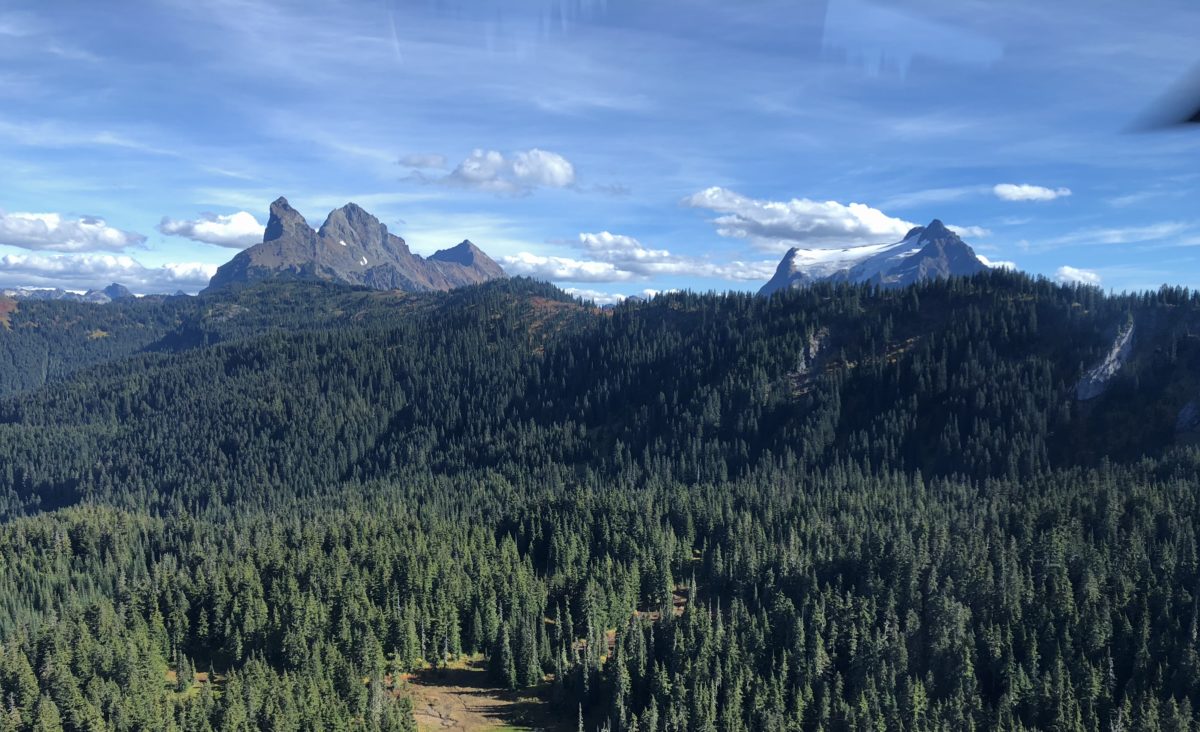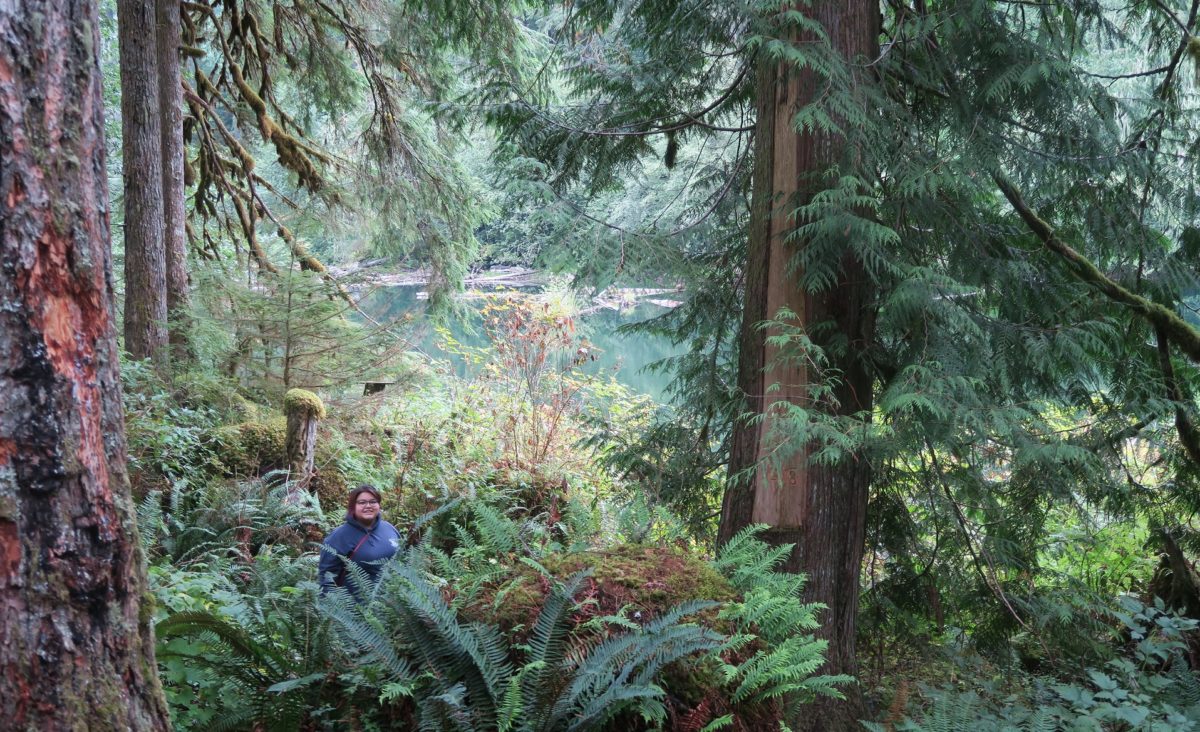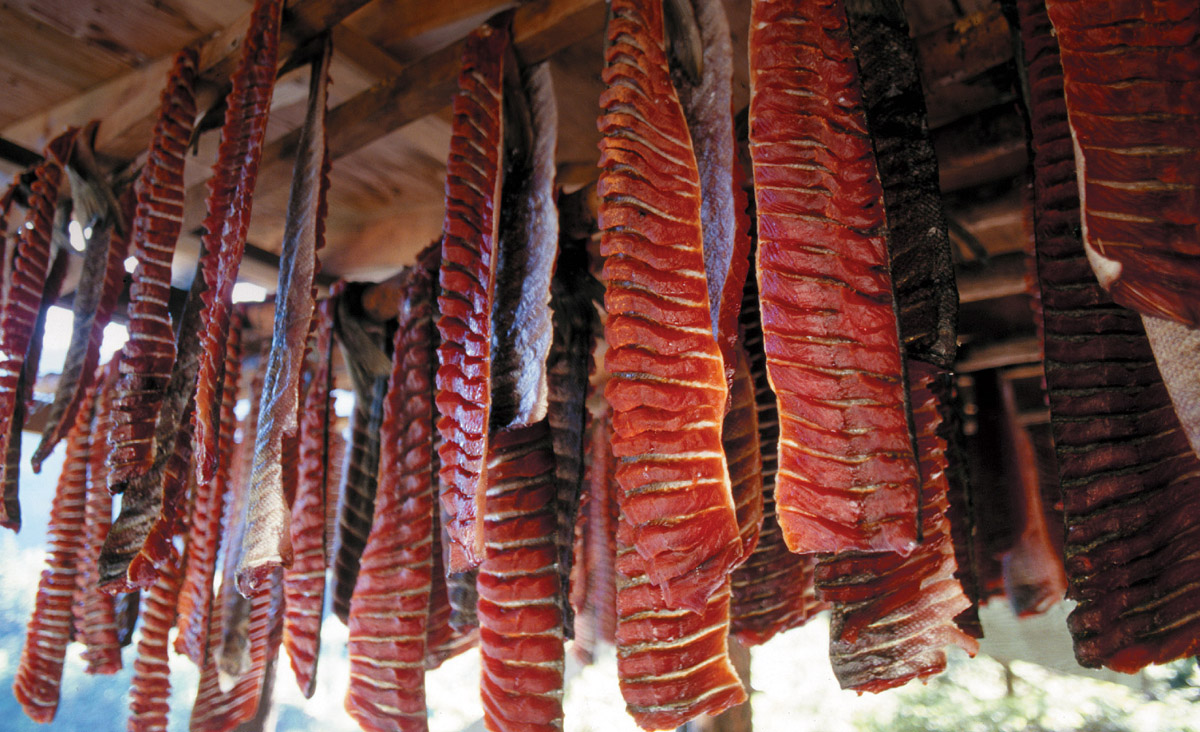TREATY PRINCIPLES
All items with a √ already have been negotiated and agreed upon by Canada, British Columbia, and the SXTA as of May 2020.
The purpose of the treaty is to move the Stó:lō Xwexwílmexw into a new nation-to-nation, government-to-government relationship based on the following principles:
CORNERSTONES
- Stó:lō Aboriginal rights and title form the basis of the treaty. Those rights and title will not be extinguished. √
- The Treaty is adaptable, renewable and changeable over time and is not a final settlement.√
- The United Nations Declaration on the Rights of Indigenous Peoples will be incorporated into our Treaty.√
- (a) Past loans for negotiating Treaty will be forgiven. √
(b) As of 2018, all further negotiations are loan free. √SELF RELIANCE
- We will add a minimum of 24,463.43 acres of land, to our existing land, for which we will have full control and lawmaking powers. Nothing will happen on those lands without our full consent.
- (a) $150 million, as a minimum, will be transferred to us as a lump sum payment.√
(b) There will also be a land acquisition fund, additional annual transfer payments for programs and services, and funding for self-government.SELF-GOVERNANCE
- We will govern ourselves under our own Shxwelméxwelh (Constitution) and laws through our National and Village governments. We will no longer be governed by the Indian Act.√
- All existing benefits (e.g. health, social security, and pensions) will continue. We will have law-making authority over health and social services, including children and families.√
- Taxes: For our members:
i) We will retain existing tax exemptions.
ii) Members will not pay property tax on treaty lands.
Taxes paid by others:
i) Income tax √ and property tax paid by non-members on Stó:lō Xwexwílmexw lands will come back to our government.
ii) Goods and Services Tax (GST) paid at businesses on Stó:lō Xwexwílmexw lands will come back to our government.√ - We will maintain control over our own membership. Villages that have established their own membership codes will maintain control of those codes. Registration of status will continue if you are eligible.
CULTURE AND HERITAGE
- We will enhance our Halq’eméylem language, and protect our Stó:lō culture and heritage, including spiritual sites, and access for practices.√
- (a) We will maintain and enhance hunting, fishing, and gathering rights, and
(b) will have shared decision-making over the use of land resources, including revenue-sharing, outside of treaty lands and within S’ólh Téméxw. - We will protect our right to fish, our fishing sites, access to our fishing sites, fish habitat, and our fishing traditions.
FUTURE GENERATIONS
- Our Treaty will be a living tree for our Tomíyeqw.√
Click here for a printable version of our Treaty Principles.
Highlights of the treaty
Treaty Lands within S’ólh Téméxw
SXTA will add a minimum of 24,463.43 acres of land, to our existing land, for which we will
have full control and lawmaking powers, including surface and sub-surface rights. Nothing will happen on those lands without our full consent.
Our Role outside of SXTA Treaty Lands
We are negotiating shared decision-making over the use of land resources, including revenue-sharing, outside of Treaty Lands (TL) and within S’ólh Téméxw. We are working to establish protection for our sacred sites.
Forest Resources
We will manage forest resources, forest and range practices, as well as the manufacturing and exporting of timber resources harvested on our TSL. We will still be able to hold our forestry licenses off our lands.
Wildlife
The right to harvest wildlife, including migratory birds, for domestic and cultural purposes will not change. We will have law-making powers over our harvesting practices. Wildlife harvesting, as a guaranteed right of First Nations, is respected on and off TL. Off TL, we will be included in conservation, regional management, guiding, and information sharing that further protect our rights in our territory.
We will protect our right to hunt and transport game from outside of S’ólh Téméxw.
Governance
We are developing a governance model in our draft Shxwelméxwelh (Constitution) that includes the current First Nation/Villages, Tribes (Leq’á:mel, Ts’elxwéyeqw, TÍt), and establishes an overarching National structure. Our lawmaking powers will be held by these three layers of government.
Our lawmaking powers will include:
- Lands and land title
- Fish, Forest Resources, Wildlife
- Water
- Child and family services
- Child custody, child protections services, and child care
- Education
- Membership and citizenship
- Traditional medicine and traditional healers
- Justice
Relations with First Nations relatives and neighbours
Our government will work with the neighbouring First Nations to build strong relations, partnerships and collaborations.
Eligibility and Enrollment and Ratification
The people who are currently registered on SXTA band lists will be the people who will vote to ratify the Treaty. We will have control of our citizenship after Treaty.
Taxation
Our negotiation mandate is that we will retain our existing tax exemptions and that members will not pay property tax on treaty lands.
That said, taxation of property, goods, and personal and corporate income is a way to fund government programs for children and family, health and medicine, education, and economic development. Taxation dollars paid by non-members living on Stó:lō Xwexwilmexw lands received by BC and Canada will be returned to our government for these purposes.
We are exploring other forms of shared revenues from BC and Canada’s taxation that would also provide our government with monies to run programs and services necessary to increase the standard of living of our community members, you.
Culture and Heritage
We will have the constitutionally protected right to practice our language and culture, and protect our culture and cultural sites, objects, artifacts and education through law making. We will be able to participate in the stewardship of our cultural and heritage sites both on and off our Treaty Lands.
Local & Regional Government Relations
We will work with regional and municipal governments to develop our service arrangements and continue to develop our relationships.




